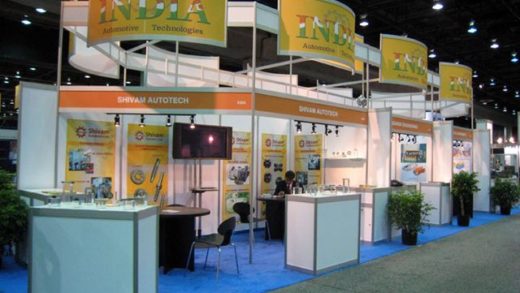In recent years, the global healthcare industry has undergone a significant transformation, not only in terms of medical advancements but also in its approach towards sustainability. One critical area where this shift is increasingly evident is in medical supply manufacturing. As the world grapples with environmental challenges and seeks ways to mitigate their impact, the adoption of sustainable practices in this sector has emerged as a beacon of hope. This article delves into the profound implications of embracing sustainability in medical supply manufacturing and how it is reshaping the landscape of healthcare delivery.
Understanding Sustainable Practices in Medical Supply Manufacturing
Sustainability in medical supply manufacturing encompasses a broad spectrum of initiatives aimed at reducing environmental footprint, conserving resources, and promoting social responsibility. These practices extend across the entire supply chain, from sourcing raw materials to the disposal of end products. Key aspects include:
- Green Material Sourcing: Opting for eco-friendly materials such as recycled plastics, biodegradable polymers, and sustainable textiles not only reduces reliance on finite resources but also minimizes the carbon footprint associated with manufacturing processes.
- Energy Efficiency: Implementing energy-efficient technologies and processes, such as solar power, LED lighting, and optimized machinery, helps lower energy consumption and greenhouse gas emissions.
- Waste Reduction and Recycling: Adopting strategies to minimize waste generation, such as lean manufacturing principles and recycling programs, contributes to a circular economy where materials are reused or repurposed, reducing the strain on natural resources.
- Ethical Labor Practices: Ensuring fair wages, safe working conditions, and compliance with labor regulations not only promotes social justice but also enhances employee satisfaction and productivity.
The Impact on Healthcare and Beyond
The integration of sustainable practices in medical supply manufacturing yields multifaceted benefits that extend beyond environmental conservation. Here are some of the notable impacts:
1. Environmental Conservation
By reducing pollution, conserving resources, and minimizing waste, sustainable manufacturing practices mitigate the environmental harm traditionally associated with industrial processes. This, in turn, helps preserve ecosystems, mitigate climate change, and safeguard public health.
2. Cost Savings
While initial investments in sustainable technologies and practices may seem substantial, they often result in long-term cost savings. Energy-efficient operations lead to reduced utility bills, waste reduction measures lower disposal costs, and optimized supply chains enhance efficiency, all contributing to improved financial performance.
3. Enhanced Reputation and Brand Loyalty
Consumers, healthcare providers, and regulatory bodies are increasingly prioritizing sustainability in their purchasing decisions. Companies that demonstrate a commitment to environmental and social responsibility not only attract more customers but also foster brand loyalty and trust.

4. Regulatory Compliance and Risk Mitigation
As governments tighten regulations related to environmental protection and corporate responsibility, companies that proactively embrace sustainable practices are better positioned to navigate regulatory complexities and mitigate risks associated with non-compliance. Visit UrbanMatter where you will find lots of useful information about sustainable practices in medical supply manufacturing.
5. Innovation and Competitive Advantage
The pursuit of sustainability often drives innovation, prompting companies to develop novel technologies, materials, and processes. These innovations not only differentiate them in the market but also confer a competitive advantage in an increasingly eco-conscious world.
Conclusion
The adoption of sustainable practices in medical supply manufacturing represents a paradigm shift that holds immense promise for the healthcare industry and society at large. By prioritizing environmental stewardship, resource efficiency, and social responsibility, companies can not only mitigate their impact on the planet but also drive innovation, enhance their reputation, and ensure long-term viability. As stakeholders increasingly recognize the interconnectedness of environmental and human health, the imperative to embrace sustainability becomes ever more compelling.










